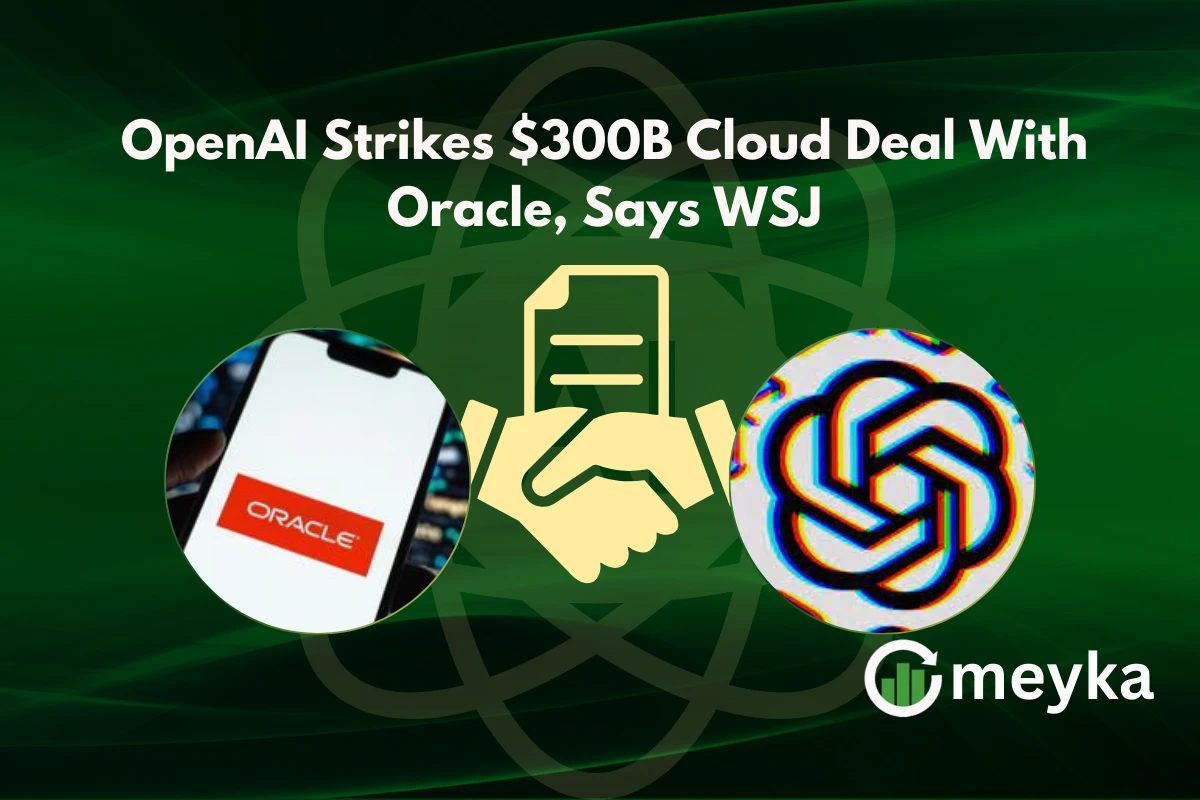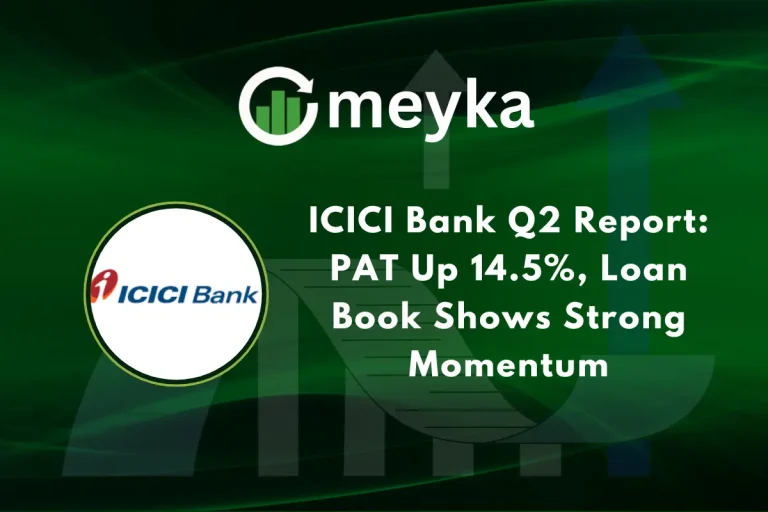OpenAI Strikes $300B Cloud Deal With Oracle, Says WSJ
OpenAI has reportedly signed a $300 billion cloud computing agreement with Oracle, a deal the Wall Street Journal describes as one of the largest commercial cloud contracts in history. The pact, if accurate in scale and duration, would reshape the economics of AI infrastructure, reposition Oracle in the enterprise cloud market, and force rivals to rethink how they compete for large-scale generative AI workloads.
Why does this matter for OpenAI and the cloud market? Because the partnership ties one of the fastest-growing AI companies to a single major cloud provider at a time when compute is both the engine and the largest cost item for modern AI models.
OpenAI’s record-breaking cloud deal explained
According to the Wall Street Journal, the agreement covers large-scale computing power, support services, and a multi-year supply arrangement, worth roughly $300 billion at list prices. The deal reportedly positions Oracle as a primary provider of raw compute and cloud services to OpenAI, supporting model training, inference, and enterprise deployments.
Oracle did not immediately disclose contract details, and reporting notes that the figure represents a long-term commitment in list prices rather than an annual spend. That distinction matters when assessing the forecasted revenue impact for Oracle and the true cost structure for OpenAI.
Why Oracle secured the partnership
Oracle has been pushing hard to expand its cloud footprint and win enterprise AI business. The company’s investment in hardware, custom chips, and specialized networking, along with its focus on enterprise contracts, likely made it an attractive partner for OpenAI seeking predictable scale and contractual guarantees.
Oracle brings global data center presence and an enterprise sales force that can help package AI services for customers.
Why did OpenAI choose Oracle over bigger rivals? The deal suggests OpenAI valued contractual clarity, predictable capacity, and perhaps favourable terms that matched its ambitious compute roadmap.
How does this compare to other major cloud contracts
By scale, a $300 billion commitment dwarfs previous large cloud deals reported in the industry, and would far exceed multi-year arrangements tech companies have with hyperscalers.
That said, analysts caution that list price totals over many years can inflate headlines, and actual cash flows depend on volume discounts, usage profiles, and service tiers. Comparisons help frame the size, but also the need for nuance when interpreting headline numbers..
Financial and strategic implications for OpenAI
Strategically, OpenAI gains capacity certainty, which supports faster model development and enterprise rollouts. Financially, a long-term supply deal can stabilise computing costs and enable predictable budgeting for R&D and product launches.
Yet it also raises questions about vendor concentration, pricing exposure, and dependence on a single infrastructure provider for mission-critical workloads. OpenAI will need to balance scale benefits against the risk of lock-in and loss of negotiating leverage over time.
Oracle’s AI ambitions and competition with AWS, Microsoft, and Google
For Oracle, landing OpenAI would be a major validation of its cloud and hardware strategy, positioning the company as a credible AI infrastructure partner against AWS, Microsoft, and Google.
It would also give Oracle stronger credentials to sell AI services to large enterprise customers. Competitors will watch closely and may respond with price or capacity moves to protect enterprise relationships. Oracle’s challenge will be turning a headline deal into broad-based commercial traction..
Potential risks and questions around the $300B figure
Sceptics have flagged that the $300 billion number could be a long-horizon, list price total that does not reflect discounts or true cash commitments. The Register and other outlets have urged caution, noting reporting differences and the lack of detailed disclosure.
Other risks include regulatory scrutiny, data residency, and security requirements from enterprise clients, as well as the operational complexity of supporting massive AI workloads. Investors and customers will want transparent contract terms, timeline,s and delivery milestones.
Investor and market reactions
Markets moved quickly on the story with mixed responses. Some investors cheered Oracle’s potential upside, while others questioned whether the company can absorb and monetise such a large commitment efficiently.
Commentary on social platforms reflected both enthusiasm and scepticism. For example, X users and analysts reacted in real time, with some pointing to the strategic upside for Oracle and others warning about concentration risks for OpenAI.
BenitoZ on X highlighted Oracle’s strategic positioning, linking to reports:
AmitisInvesting flagged the headline size and the need for scrutiny of contract terms:
TheDustyBC and others posted quick takes that mixed optimism and caution:
What this means for the future of enterprise AI adoption
If confirmed in substance, the deal could accelerate enterprise AI adoption by demonstrating a model where AI builders secure large block compute capacity and enterprises buy services built on that scale.
It may also accelerate the move toward specialized cloud offerings optimized for AI workloads and spark further consolidation among infrastructure vendors.
Yet the industry should expect more scrutiny on contract terms, margin economics, and regulatory implications as large-scale AI procurement becomes a strategic corporate priority.
Can this deal really deliver on its $300 billion promise? Much depends on disclosure, performance, and how both companies execute in the marketplace.
Conclusion
The report that OpenAI and Oracle have signed a $300 billion computing agreement is a potential game-changer for AI infrastructure and enterprise cloud markets. The headline signals the growing cost and scale of modern AI, and highlights how cloud partnerships can reframe competitive dynamics.
But headlines are only the start: analysts, investors, and regulators will watch for contractual details, execution milestones, and the real financial flow behind the number. For now, the story underscores that AI’s infrastructure needs are driving high-stakes, strategic deals that will shape the cloud landscape for years to come.
FAQ’S
It is a long-term agreement where Oracle provides cloud infrastructure to power OpenAI’s AI models.
Reports suggest Oracle offered better capacity guarantees and pricing flexibility for large-scale AI needs.
No, analysts note it is a long-term contract value at list prices, not annualized spending.
It could accelerate adoption by ensuring OpenAI has reliable cloud power to deliver services at scale.
Vendor lock-in, pricing exposure, and regulatory scrutiny are the main risks analysts point out.
Disclaimer
The above information is based on current market data, which is subject to change, and does not constitute financial advice. Always do your research.






